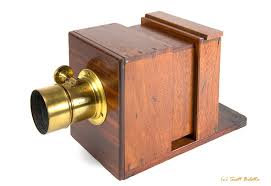David Mitchell
Well-Known Member
Hi all,
I thought that I would start a thread about my LF camera build, I have the other thread about the DIY optics so this thread will only be about the camera build.
Here are the criteria that I am wanting to fulfil:
I was initially thinking about making a sliding box camera which I do like the idea of as the lens is fixed and you move the film back and forth.

I was thinking about making one of those using some foam core stuff that you use on mounting photos etc with some edige reinforcement. The issue being is that its not very portable but I might still make one.
I did like this idea as its much like the pinwide/travelwide camera which is basically just like a Titan pinhole camera. I am trying to keep it simple in the fact that I need to have varible focal distances but also able to focus the lens as well.
My DIY lens will probably just be a barrel lens, which is fine as the paper negative is slow lol. I have decided that it might be easier to have a camera like the monorail cameras with front and rear standards and bellows which would allow for adjustments for focal length and lens focus.
The issue with the monorail camera is that its not amazingly portable and could perhaps be slightly unsteady if put outside.
I have therefore come up with this compact design which will basically flat pack:

The camera has a rail at the bottom and the sides (but not the top) - this will allow the front standard to move forward and back to focus the lens and adapt for different focal lengths.
The struts will be attached to each of the standards with the use of simple brackets with locking nuts on, the rear standard backets will also swivel.
If I pushed both standards together the struts would stick out each side meaning that its not as compact, to get round this I have figured out that what you can do is unlock the strut from the front standard, pull the strut in towards the rear standad (and out of the bracket at the front) and then swivel it so that its flat with the rear standard.
There will be 1 side without a strut so that the DDS has clearance to be put in and out, for portrait the gap will be at the top, for landscape the gap will be at the side.
The DDS is held on the rear via some rubber bands looped around some small pins in the rear standard.
The DDS will be interchangable with a ground glass screen for viewing and setting up - once everything is setup and the struts are locked then the DDS is put in its place.
I thought that I would start a thread about my LF camera build, I have the other thread about the DIY optics so this thread will only be about the camera build.
Here are the criteria that I am wanting to fulfil:
- 4x5 LF camera
- Can use DDS
- Useful for a range of lenses
- Cheap
- Easy to make
- No specalist parts
- Portable
I was initially thinking about making a sliding box camera which I do like the idea of as the lens is fixed and you move the film back and forth.
I was thinking about making one of those using some foam core stuff that you use on mounting photos etc with some edige reinforcement. The issue being is that its not very portable but I might still make one.
I did like this idea as its much like the pinwide/travelwide camera which is basically just like a Titan pinhole camera. I am trying to keep it simple in the fact that I need to have varible focal distances but also able to focus the lens as well.
My DIY lens will probably just be a barrel lens, which is fine as the paper negative is slow lol. I have decided that it might be easier to have a camera like the monorail cameras with front and rear standards and bellows which would allow for adjustments for focal length and lens focus.
The issue with the monorail camera is that its not amazingly portable and could perhaps be slightly unsteady if put outside.
I have therefore come up with this compact design which will basically flat pack:

The camera has a rail at the bottom and the sides (but not the top) - this will allow the front standard to move forward and back to focus the lens and adapt for different focal lengths.
The struts will be attached to each of the standards with the use of simple brackets with locking nuts on, the rear standard backets will also swivel.
If I pushed both standards together the struts would stick out each side meaning that its not as compact, to get round this I have figured out that what you can do is unlock the strut from the front standard, pull the strut in towards the rear standad (and out of the bracket at the front) and then swivel it so that its flat with the rear standard.
There will be 1 side without a strut so that the DDS has clearance to be put in and out, for portrait the gap will be at the top, for landscape the gap will be at the side.
The DDS is held on the rear via some rubber bands looped around some small pins in the rear standard.
The DDS will be interchangable with a ground glass screen for viewing and setting up - once everything is setup and the struts are locked then the DDS is put in its place.












